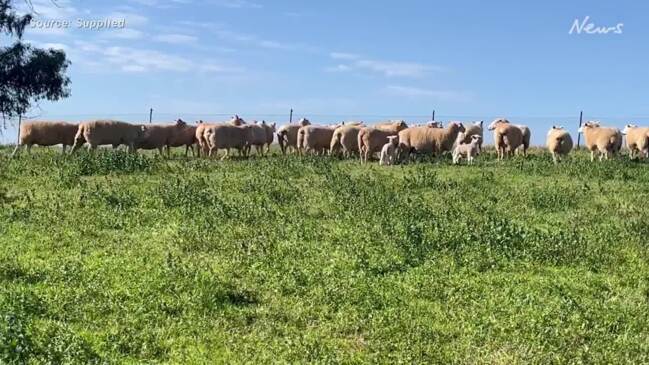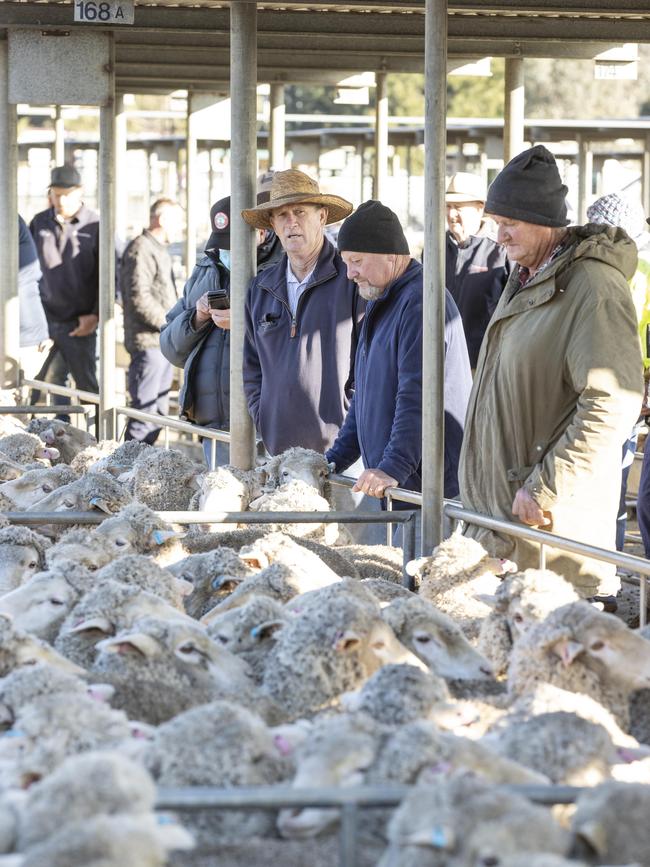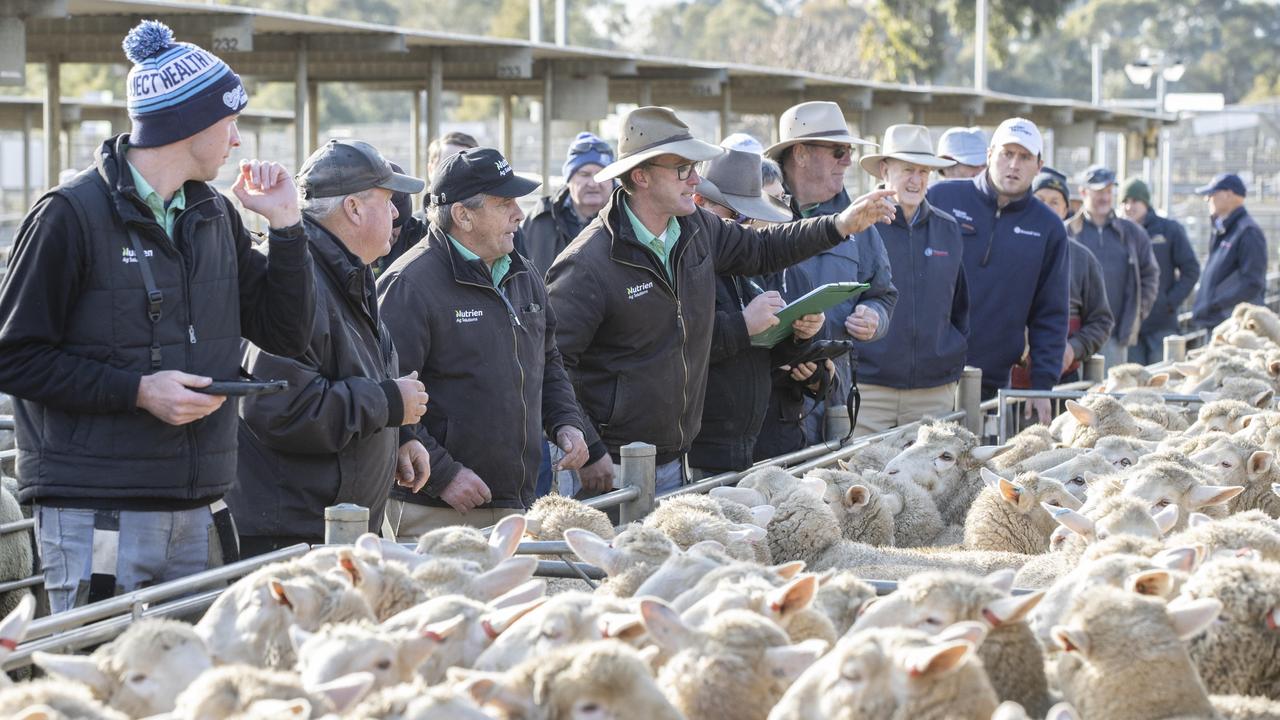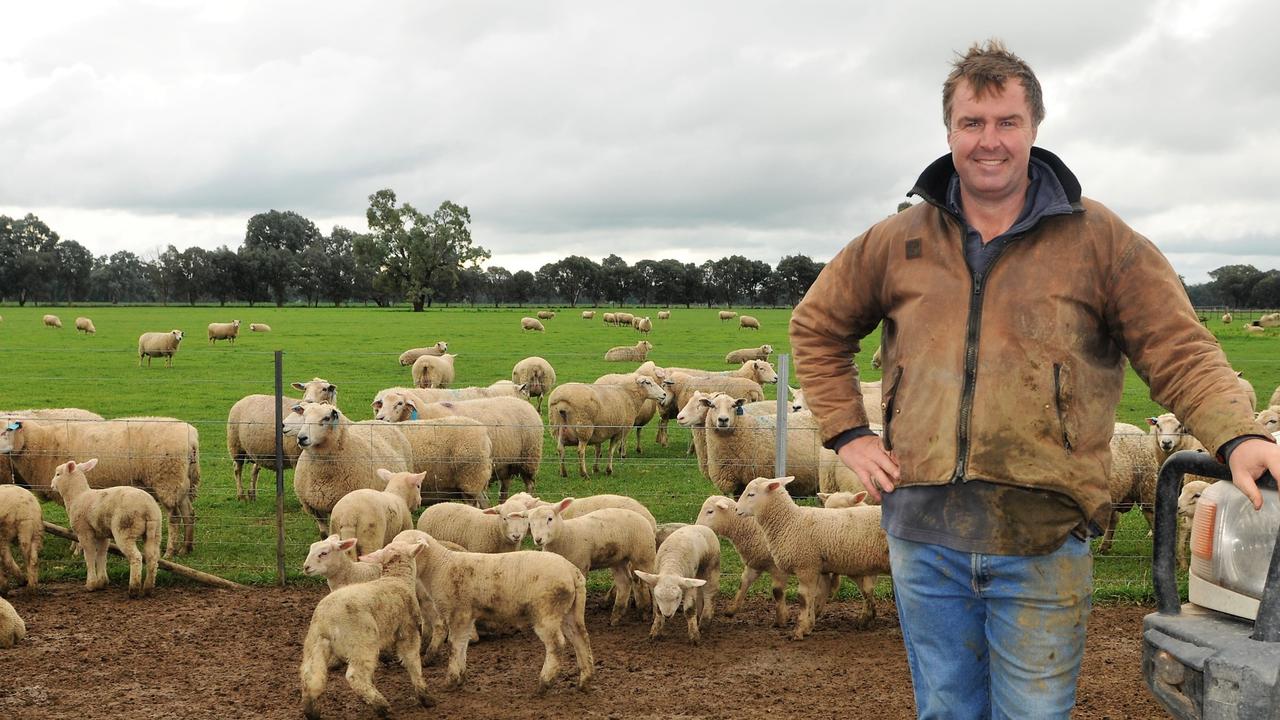Vendors urged to exercise caution when assessing market predictions
Market predictions provide helpful advice. However, caution must be exercised when forward planning. Jenny Kelly analyses the figures.

Christmas is a magical time of looking back and forecasting forward, and there is no shortage of predictions suggesting 2025 has the potential to deliver higher livestock prices.
Much of the analysis appears sound and is based around what is happening in the US with its herd and record beef prices, and also demand for red meat protein into China which is the world’s juggernaut in terms importing volumes.
But just a word of caution about ‘chasing’ markets and getting caught up in the hype of predictions, as they can be wrong and there can be adverse effects on people trying to feed and manage livestock.
This issue was raised by two well-respected livestock agents recently in separate conversations
which were notable because in the many years of doing this job the topic of a farmer’s ability to cope has never really come into the discussion when talking markets and price.
Maybe it is the ongoing ramifications of the shock collapse of livestock markets last spring which put immense pressure on cattle and sheep operations, or maybe it is just a sign of how society now openly talks about the importance of mental health and work-life balance.
But they were interesting conversations.
One of the agents said how he had been subscribing to in-depth market analysis and predictions which has been a growth industry for agriculture in recent years, but has now stopped so it doesn’t overly influence his decision making with individual clients.

He cited a couple of examples. One was feeding lambs, as all the data showed the premiums that existed for heavier stock. He said some clients just didn’t have the setup or ‘personality’ (for want of a better word) to cope with the stress of intensively feeding stock, managing acidosis and the inescapable deaths when grain feeding mass animals, or sometimes the financial means to invest $40 or $50 per head into feed for a better trading margin 3-months down the track.
He also said he had learnt a lesson from a client who became so invested into putting his energy and work into feeding lambs he didn’t put as much time into managing the ewe flock at joining, and conception rates suffered: “So what he gained from feeding lambs he probably lost the next season with a lower lambing rate,’’ he said.
“Chasing a price or holding on for the market to lift may seem the right thing to do, but depending on the client’s individual circumstances it may not be the best option,’’ he said.
The other agent has a large cattle clientele in the north-east of the state. He said during the boom price era when weaners were averaging over $2200 per head they chased high stocking rates, ran more cows and invested more into herds. Then the pressure points showed up last spring when prices crashed, and the erratic seasons of dry and then summer rain affected feed and made for costly hand-feeding scenarios.
He said they were now openly discussing with clients the importance of finding a comfortable
balance of stocking rates and production, rather than chasing markets and high financial returns.
“The stress of the last 12-months on people was immense, to the point it affected relationships and marriages, and ultimately it is not worth it,’’ he said, adding that many of his clients worked-off farm as well: “So in one sense farming is their hobby and a hobby should not be that stressful.’’
They are thought-provoking points. And maybe the aim of 2025 for livestock producers should be to find a production level that is both profitable, sustainable and allows them to sleep at night.
On a positive note, the outlook for markets appears robust and forecasts are for price
improvements. Some analysts have been brave enough to throw down some figures, but they won’t be repeated here because when you go back through some of the predictions made in the past 12-months they were well shy of reality – in both good and bad ways
As mentioned above, the USA and China will be the key red meat markets to watch just because of
their size and influence on the global stage.
The latest data from Steiner Consulting shows their trading activity for this year.
China: beef imports of 2,823,784 tonnes this calendar year, easily making it the biggest
importing nation;
USA: beef imports of 1,194,175 tonnes this calendar year to take out second spot.




